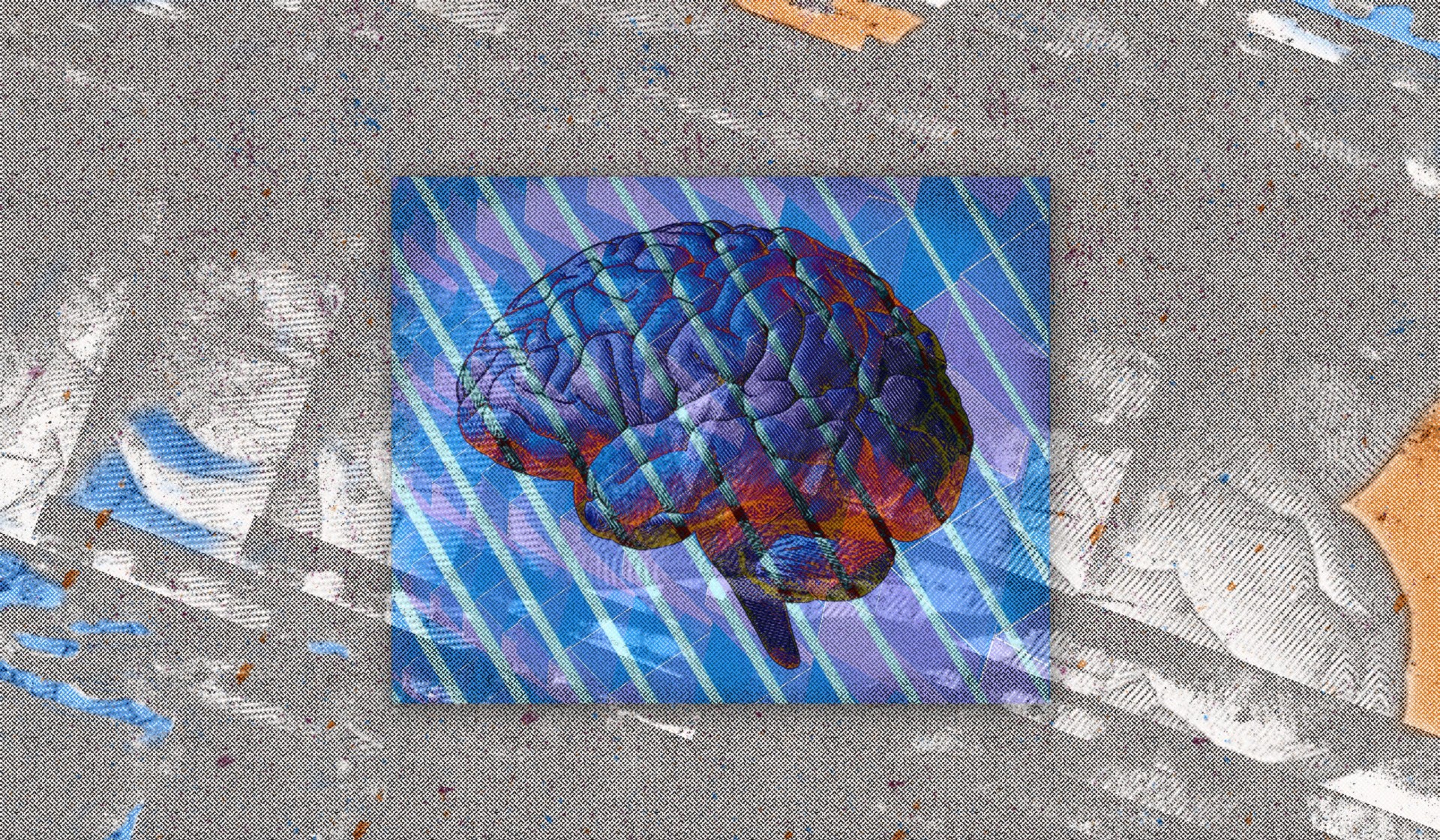There’s something about stories that captivate us. Storytelling is what makes us human, and it’s a powerful force in shaping our knowledge, beliefs, and motivations. When you think about the power of storytelling, your first thought might be of the movies—even as Hollywood continues to churn out stories that follow familiar arcs we’ve seen time and again, we keep showing up and finding ourselves drawn in, happily paying to see it play out in different forms on the big screen. Why? Do we not recognize it’s the same plot we’ve seen before? It doesn’t matter: our brains are wired for stories, and it’s in our nature to look to stories in order to build trust, empathy, and make sense of the world around us.
So, we know that everybody loves a good story—but what role does storytelling play in creating powerful learning experiences? And how can learning professionals leverage the neurobiology of storytelling to empower and inspire learners?
The neurobiology of storytelling isn’t as complicated as you might think: it all comes down to the neurochemicals our brain produces, specifically cortisol, oxytocin, and dopamine. You’ve probably heard these terms before, and you definitely don’t need to be a neurobiologist to begin to understand the science of storytelling and start putting it into practice in your learning experiences.
Cortisol: the attention grabber
We’ll start with cortisol, the hormone released in response to stress, which is what causes our fight or flight reaction when we’re scared. But there’s nothing scary about the role of cortisol in storytelling. Here, cortisol is in response to the action of a story—the danger, risk, or potential reward that the characters are facing triggers the release of cortisol in our brains.
You know that feeling when you pick up a novel and the plot immediately pulls you in, compelling you to keep reading? When your palms sweat during your favorite scene in a heist film? Or that moment during a football game when it’s the last minute, your team is down but can still win, and your heart is pounding? That’s cortisol. You were waiting for the excitement, and if it’s a well-told story—which the best sports games are—that’s exactly what you got. And now you’re hooked.
Without the reaction in our brains caused by cortisol, we lose interest quickly. We’ve all started a book, began a movie, or watched the first half of a game where nothing exciting really happens. The story loses us. We are human: we crave action, adventure, and a sense of risk, whether it’s real or perceived. In learning experiences, good storytelling grabs your learner’s attention and actually helps them focus, putting you in a better position for your content to connect and resonate with them.
Oxytocin: identification with characters
Though cortisol may hook us into the story, it doesn’t keep us there. For that, we have to care and empathize with the characters. This is where oxytocin comes into play. In a story, oxytocin’s effects occur when we see ourselves in the characters—our own experiences in theirs, our own hopes, desires, and dreams in the plot. Think back to the last time you cried during a movie or while watching a television show. That was oxytocin having its effect on you, making you empathize with the characters you’re watching.
Where cortisol is the hook, oxytocin is what keeps us engaged in the story for the duration. Good storytelling transports us, and it can be a pretty magical experience. As Jeremy Adam Smith of the University of California, Berkeley Greater Good Science Center writes, “As the cortisol that feeds attention mixes with the oxytocin of care, we experience a phenomenon called ‘transportation.’ Transportation happens when attention and anxiety join with our empathy…For the duration of the story, our fates become intertwined with those of imaginary people.”
Storytelling in learning experiences can do the same–when you bring empathetic, character-driven stories into your learning, your content is much more likely to resonate with your audience and inspire a lasting change in their behaviors and beliefs.
Dopamine: the desire for a happy ending
Now that we’re excited about the story and invested in its characters, we naturally seek a desirable resolution that leaves us feeling good. This feel-good emotion—and our desire for it—is the result of, among other neurochemicals, dopamine. We know that oxytocin causes us to identify with the characters, binding us to them. When we identify with characters that experience a positive resolution in the story, this leaves us satisfied and rewarded, almost as if we’re experiencing a happy ending ourselves.
But not all stories have a happy ending, and this causes the opposite effect. A less-than-desirable ending is often teaching us a lesson on what we don’t want to happen, and this motivates us to change our thoughts or behaviors accordingly to seek a better outcome. Our response to dopamine is what drives many of our behaviors and actions as humans, and for learning professionals hoping to inspire behavior change in their learners, that’s a powerful tool. Even if it means learning by failure, using storytelling as a learning framework makes your lessons that much more likely to translate to real-world outcomes.
Putting it all together
As humans, stories affect our whole lives. Our knowledge, perspectives, and even our survival have been—and continue to be—shaped by narratives. The psychological response to the three neurochemicals—cortisol, oxytocin, and dopamine—that govern great storytelling also influence how we learn, what we believe, what actions we take, and how we interact with others.
As learning professionals, we are also inherently storytellers. The more we master the art of storytelling, the more effective our learning experiences will be. We want our audience to be hooked by the story, identify with the characters, and respond in a way that inspires real change. Stories are so much more than entertainment—they’re a vehicle to captivate the audience so we can teach them something about themselves, others, or our perspectives and experiences.
By understanding and taking advantage of our natural human neurochemical responses to stories, we can craft learning experiences that impact our audience in a way that will stay with them and help them grow.
Love learning about the science of how people learn?
There’s (so much!) more where that came from. Sign up for our newsletter for the latest in learning delivered straight to your inbox.
Sign Up→
